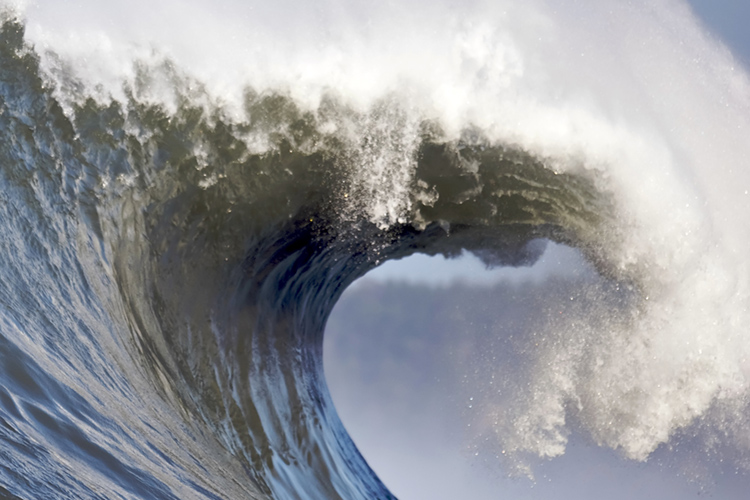How can a sharky, cold water environment attract so many people? It's because of the waves, they say.
Mavericks is what surfers like to call a "wave of consequence." Northern California's notorious slab has created a few myths, but has also taken a few surfers' lives as well.
The jewel of Half Moon Bay is now part of the official competitive big wave calendar. Unfortunately, because of its wildly swinging mood, Mavericks rarely gets perfect to welcome professional surfers.
In the last days, the World Surf League (WSL) Big Wave Tour (BWT) was ready to raise the green flag for the Mavericks Challenge, but they eventually pulled the plug because it was "too big."
It wasn't probably too big, but it was definitely bumpy, and imperfect. So, the game was postponed, and the field was left to the dreamers.
That, in fact, is not a problem for that large minority of anonymous surfers that come "equipped" with a hefty amount of skills and determination. They're ready to paddle out at Mavericks, glassy or choppy.
As always, there were plenty of flashy wipeouts, and exciting last-second air drops into the abyss. And helicopters. And seals, reminding humans who rules the spot.
